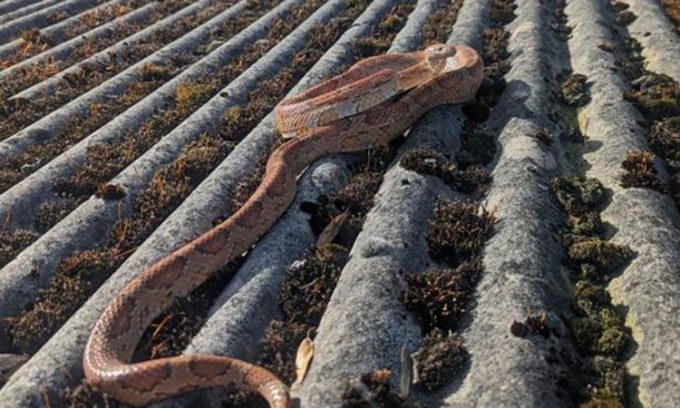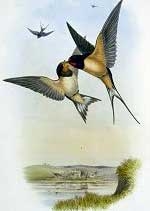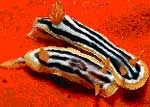Corn snake, the pet of a resident near Spennymoor, miraculously survived despite being outdoors in the cold for an extended period and being attacked by a crow.
The Royal Society for the Prevention of Cruelty to Animals (RSPCA) received a report about a corn snake slithering on the roof of a garage in Spennymoor, County Durham, England, and went to rescue the animal, BBC reported on March 28. Expert John Lawson from RSPCA stated that the 90 cm long snake was caught by a crow but was later dropped as the bird realized the prey was too large for it.

Corn snake on the roof of a garage in Spennymoor. (Photo: RSPCA).
A nearby resident came to confirm that this was her pet, Agnus, who had been missing for about a year, and she was overjoyed to reunite with her animal. Lawson was surprised that Agnus had survived for so long without warmth and endured an attack from the crow. He noted that snakes cannot generate their body heat independently and must rely on their environment to maintain their body temperature.
Agnus was taken to a veterinarian and treated for a respiratory infection due to being outdoors in the cold, after which she was reunited with her owner. “The veterinarian believes that Agnus entered a brumation state, similar to hibernation, where her body temporarily ceased activity to survive,” Lawson explained.
According to the RSPCA, snakes are “escape artists” and will seize any opportunity presented by an open enclosure or loose lid to escape. The organization urges snake owners to secure their enclosures and lock them when necessary.
Corn snakes (Pantherophis guttatus) are non-venomous and are not considered a threat to humans. They typically measure about 61 – 182 cm in length, have slender bodies, and are usually orange or yellow-brown with large red spots outlined in black running down their backs. Corn snakes are native to North America. They primarily feed on small rodents and birds. These animals can live up to 23 years when cared for by humans, but their lifespan is shorter in the wild.





















































